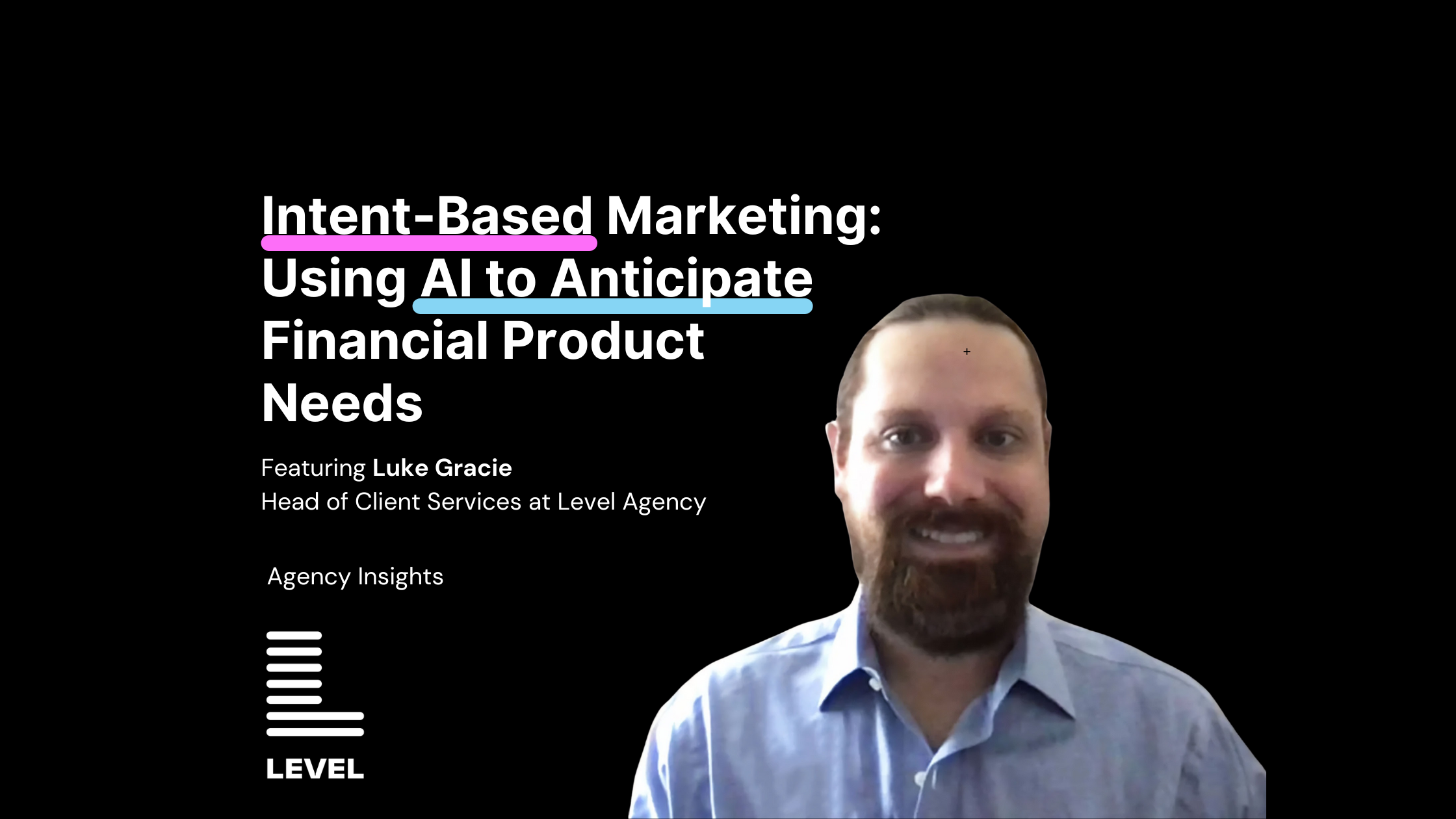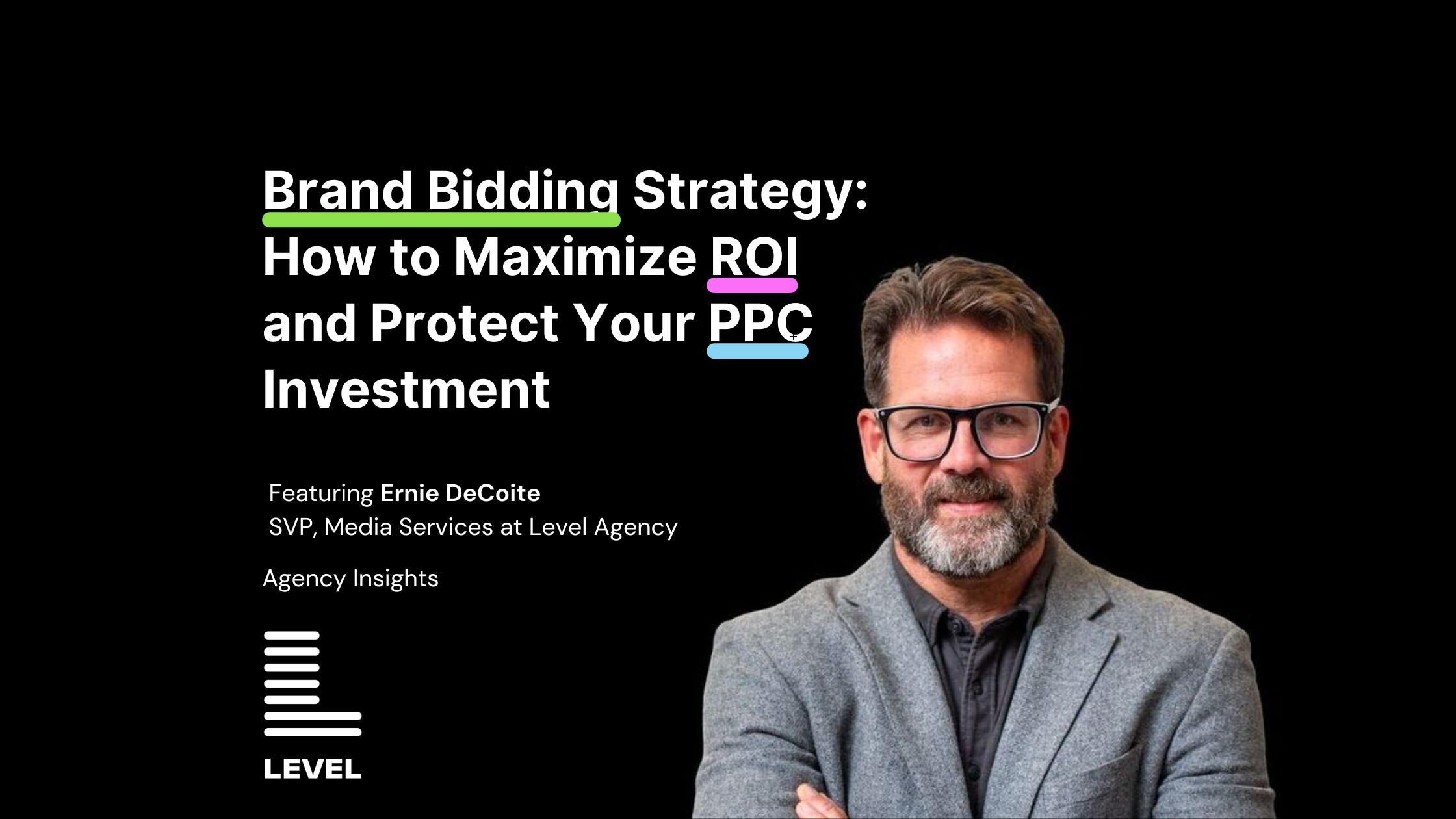Digital marketing measurement & optimization has been built on the premise that the consumer journey is linear and can be perfectly measured using deterministic (eg: ID based methods).
The use of a last-click based measurement approach works well enough for a business that is focused exclusively on capturing and converting in-market, brand-aware prospects, particularly if they are primarily or exclusively relying on Google and Meta for access to in-market shoppers.
Growth-oriented brands need to evolve their measurement and planning methods given
- Increased fragmentation in media behaviors and sources: The rise of digital marketing capabilities across TV (eg: OTT/CTV), Radio coupled with ‘walled-gardens’ like search & social enable growth brands to engage audiences where they research and decide
- Rise of privacy and platform restrictions: The use of multiple devices, coupled with platform privacy standards (eg: Apple’s ATT) and the rise of data privacy legislation mean that it is not possible to deterministically observe a user across the journey. Leading platforms such as Google and Meta have introduced modeled conversion capabilities to estimate conversions (whether pixel or offline conversion based).
This of course means that while marketers are investing in 1st party solutions such as CRM based for measurement and management of the consumer journey, the ability to accurately attribute credit by measuring the path from impression through lead to sale is challenging. Furthermore, these approaches attribute credit based on deterministic methods typically do not account for incrementality. In other words – a media touchpoint could frequently be part of the journey but may not actually meaningfully contribute to the prospect’s decision to engage or buy from you.

Leading brands are using this as an opportunity to invest in a portfolio of planning & measurement tools
The classic “last-click” attribution model worked well enough when consumer journeys were more straightforward—one search, one click, one conversion. But the digital world has become significantly more complex. Consumers bounce from platform to platform, engage with multiple touchpoints along the buyer’s journey, and interact with your brand in ways that don’t always look linear.
How can we truly tell which efforts are driving results when the path to conversion is so fragmented? Below, we’ll explore how marketers are moving beyond basic attribution methods, why first-party data is mission-critical for deeper insights, and how Media Mix Modeling (MMM) offers a powerful, data-driven approach to understanding the full impact of your marketing efforts.
Beyond Last-Click: The Evolution of Platform-Based Attribution
Most advertising and analytics platforms (Google Ads, Meta Ads, etc.) recognize that last-click attribution can be misleading. If someone sees five different ads but converts after clicking on the last touch, that final touchpoint is credited with the conversion often gets all the credit—even though the other interactions may have influenced the consumer decision.
Ad platforms and analytics platforms provide out of the box approaches to understand where the placement of media in the conversion pathway. To address this, platforms have rolled out new (and constantly evolving) attribution models:
- Linear: Distributes credit evenly across all touchpoints in a conversion path.
- Time Decay: Gives more credit to touchpoints closer to the conversion, while still acknowledging earlier interactions.
- Position-Based (U-Shaped): Assigns higher value to the first and last interactions, splitting the remaining credit among mid-funnel touches.
- Data-Driven Attribution (DDA): Uses machine learning to assess how different touchpoints throughout the customer journey influence conversion likelihood, then allocates credit accordingly.
Each model aims to paint a more accurate picture of what truly drives a conversion. Yet, platform-based solutions still have inherent limitations. They often fail to account for cross-channel interactions—like how a display ad might boost brand awareness that later pays off in an organic search conversion. Or how offline channels, such as events or call centers, don’t always get measured at all.

The Critical Role of First-Party Data and CRM Integrations
First-party data—the information you collect directly from your audience—offers far more insight than any standardized platform tool can provide. This includes:
- Website behavior data: What pages do users visit, and in what order?
- Customer relationship management (CRM) data: Lead scoring, pipeline progression, sales outcomes, and more.
- Offline touchpoints: Phone calls, in-person visits, direct mail response, etc.
By integrating your CRM with advertising and analytics platforms, you create a feedback loop that closes the gap between marketing efforts and actual sales outcomes.
- Better Quality Attribution: When your CRM data is uploaded as offline conversions or leads are labeled with lead status and revenue data, it gives the platform’s algorithm stronger signals to optimize and attribute credit more accurately.
- Lifecycle Visibility: If a user clicks a Facebook ad and then calls your sales team directly a week later, you can tie that phone call back to the original ad.
- High-Value Leads: By focusing on metrics that go beyond just form fills—like pipeline stages or closed deals—you can optimize ad spend for quality rather than mere quantity.
Takeaway
The more data you feed into your systems, the more accurately you can measure the true impact of each channel and campaign. This step is crucial for advertisers with complex buying cycles—like Higher Education, Financial Services, B2B, or Home Services—where conversions aren’t typically immediate.
Media Mix Modeling: A Holistic, Data-Driven Approach
While platform-based attribution and CRM integrations greatly improve your view of cross-channel interactions, there’s still a piece of the puzzle missing: What about all the channels and tactics that aren’t directly tracked in a digital path? Enter Media Mix Modeling (MMM).
- What Is MMM?
Media Mix Modeling is a statistical analysis technique that evaluates the performance of various marketing channels—online and offline—against business outcomes (e.g., sales, leads, enrollments). It uses historical performance data, marketing spend, and external factors (seasonality, economic trends) to quantify the contribution of each channel to overall results. - Why Do Marketers Use It?
MMM provides a holistic view, helping you pinpoint how different channels work together. For example, a national TV campaign might not see direct clicks, but the increased brand awareness could drive more organic traffic and higher performance in your Google Ads or paid social campaigns. By analyzing it all together, you uncover hidden synergy effects. - The Role of Data Science
At Level Agency, our data science team works with clients to build custom MMM solutions that account for every relevant factor in their marketing strategy—from search and social ads to trade shows and direct mail. This data-rich approach helps us refine spend allocations and forecast the impact of shifting budget between channels.
Key Benefit
MMM complements your channel-specific analytics and attribution models by answering broader questions like “How much does each marketing investment contribute to my bottom line?” and “What’s the optimal spend mix across TV, paid search, display, social, and direct mail?”
Putting It All Together: A Multifaceted Attribution Strategy
An effective modern attribution strategy often includes a combination of approaches:
- Platform-Based Models: Start by moving away from default last-click. Platforms like Google or Meta can run data-driven or multi-touch attribution to give you a more nuanced view of conversion paths.
- First-Party Data & CRM Integrations: Feed the platforms offline conversions and CRM insights to ensure they optimize for true revenue outcomes, not just top-of-funnel leads.
- Media Mix Modeling: Use MMM to fill in the gaps—especially if your marketing includes offline channels or broad awareness campaigns that aren’t easy to track. MMM helps you see which levers most effectively drive results across the entire funnel.
By layering these methods, you create a comprehensive, data-backed approach to attribution. This strategy is particularly critical for marketers managing complex buying cycles, where multiple decision-makers or touchpoints often span weeks—or months—before a purchase or enrollment.
How Better Attribution Drives Smarter Media Planning
When you have clarity on what’s genuinely moving the needle, you can:
- Allocate Budgets More Efficiently: Stop over-investing in channels that only appear to drive results because of last-click bias, and start funding the channels that support meaningful conversions.
- Optimize Your Creative and Messaging: In-depth attribution reveals which messages resonate in different stages of the funnel, so you can tailor creative accordingly.
- Enhance Forecasting and Scenario Planning: With Media Mix Modeling, you can experiment with various budget scenarios, channel combinations, or campaign timings—before investing dollars in real campaigns.
The bottom line: Attribution is no longer a “nice to have.” In a world where your audience is bombarded by touchpoints across countless channels, accurate measurement is fundamental to informed decision-making.
Ready to See the Bigger Picture?
At Level Agency, we specialize in performance marketing for advertisers with complex buying cycles—from Higher Education and Financial Services to B2B and beyond. Our data science team and marketing experts work hand-in-hand to develop holistic attribution solutions that unify your platform data, CRM insights, and offline activities. The result: smarter strategies that allocate marketing dollars where they’ll generate real growth.
If you’re ready to transcend outdated models and move into a robust, omnichannel attribution framework, let’s talk and start building a clearer path to understanding—and amplifying—your marketing performance.








